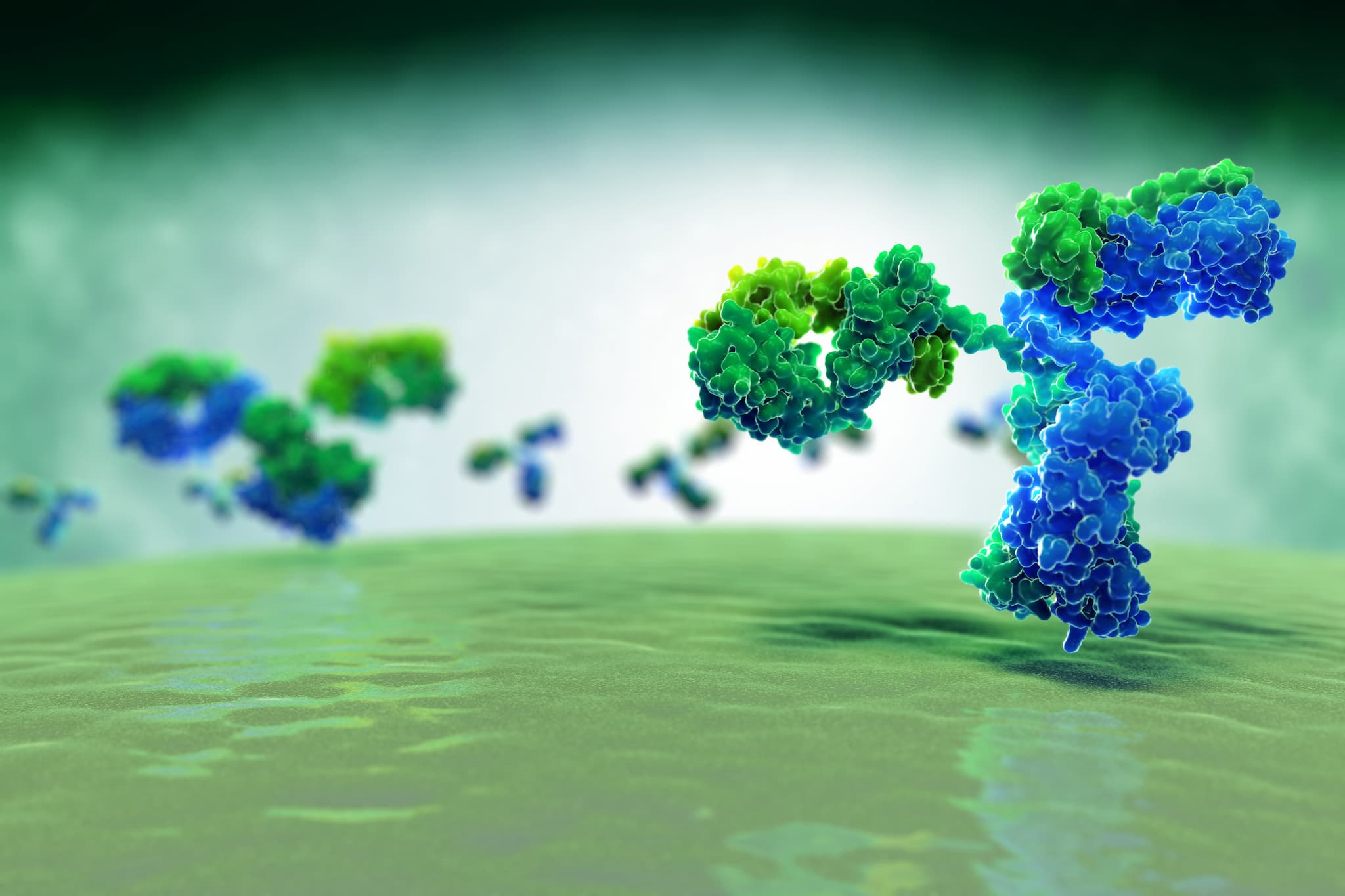It's Electric
Proteins, the building blocks in every cell, have usually been thought of as blobs of inert organic matter. Now scientists have caught one particular protein doing something incredible: conducting electricity.
If the findings can be replicated and used, we could have ourselves a powerful new diagnostic tool for medical use, capable of identifying single protein molecules with a little blip of electrical current.
Through four years of study since their initial experiments, the team from Arizona State University has checked and double-checked their work, putting the data up against various hypotheses and explanations, and coming to the conclusion that this is indeed a protein conducting electricity.
"If it's true, it's amazing," says lead researcher Stuart Lindsay. "What this paper is mainly testing out are all the alternative explanations of our data, and ruling out all of the artefacts."
The story begins with the development of tiny DNA and amino acid readers developed by Lindsay and his team, readers which lock individual molecules between electrodes – a technology known as recognition tunnelling.
Having seen success with single molecules, the researchers jumped up a level, and wondered if the same electric pulse could identify whole proteins as well.
Sure enough, they found that when the glue-like integrin protein domain alphaVbeta3 was hooked up between two electrodes, it showed "remarkably high electronic conductance".
In the years since, the team has been trying to find an explanation that fits the phenomenon – an explanation such as electron hopping, where electrons can jump between atoms over distances. But nothing seemed to fit the data in the experiment.
Then Lindsay came across the work of theoretical biophysicist Gabor Vattay from Eötvös Loránd University in Hungary, who put forward an idea based on quantum mechanics that proteins are "poised" at a special state between conducting and insulating.
An electrical fluctuation can kickstart a protein into being either an electrical conductor or an electrical insulator, Vattay says, and that seems to match what Lindsay and his colleagues were finding in their tests.
"In our experiments, we were seeing this weird behaviour in this huge protein conducting electricity, but it is not static. It's a dynamic thing," says Lindsay.
"Below a certain bias, it's just an insulator, but when the fluctuations start kicking in, they are huge."
A New Way of Understanding Proteins
The idea is there are three curves in energy level distributions for proteins: one corresponding to a metallic or conducting state, one to an insulator state, and the middle one to that quantum critical state between the two.
With the help of Vattay and some supercomputer modelling, the researchers were able to match their alphaVbeta3 protein domain to that quantum critical state.
In further experiments using a more refined setup, the scientists were able to create a device that switched the electrical conductance of the protein on and off.
The researchers are cautious about their findings so far, because they've only been working with one protein, and there's plenty we still don't know about why it's behaving in this way. Hopefully future studies can fill in some of those gaps.
Potentially though we're looking at a whole new way of understanding proteins, feeding into how we could use them in nanoscale devices, or how we could adapt treatments for diseases they're involved in.
We might be on the verge of a radical rethink about the electrical properties of proteins.
"Basically, we've eliminated all of those sources of 'I don't believe this data' and we are still seeing this weird behaviour of this huge protein conducting electricity," says Lindsay.
"It's still there and it's beautiful."
The research has been published in Nano Futures.
Share This Article
